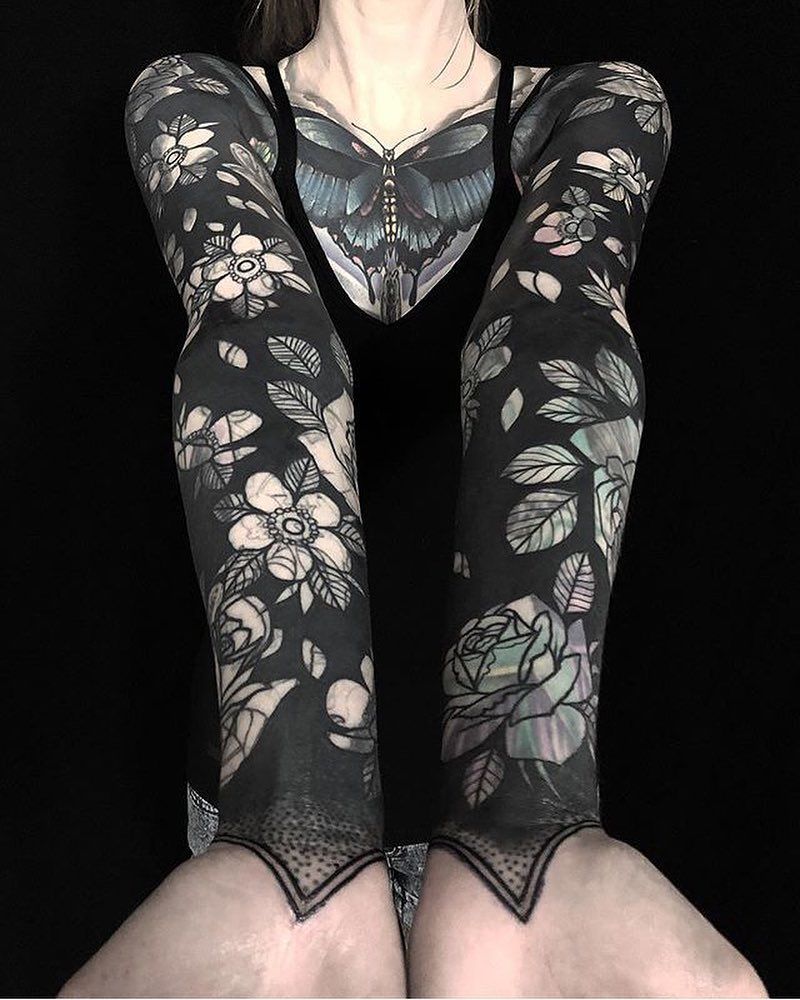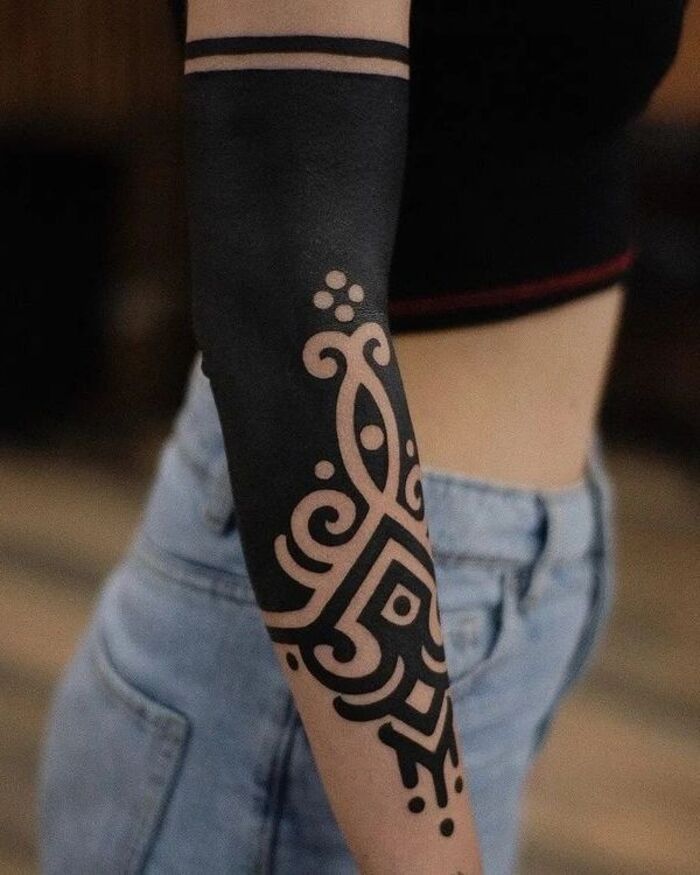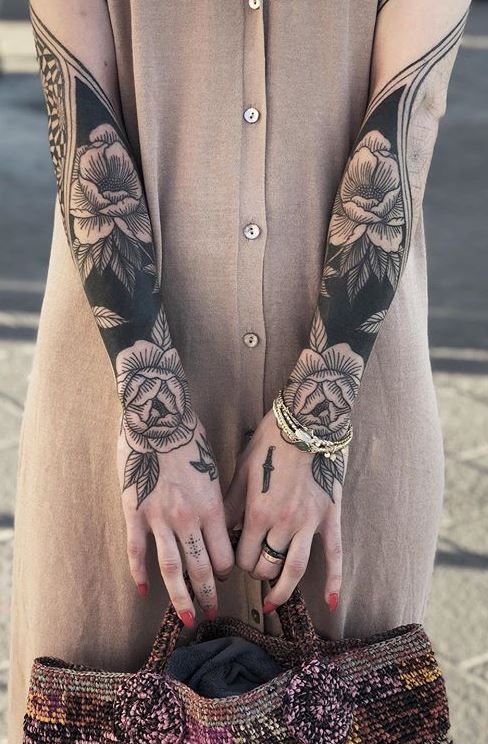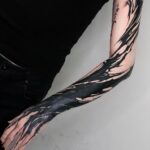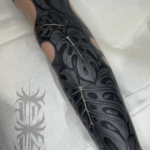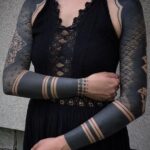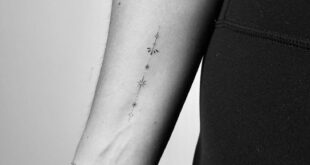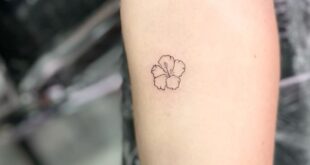Blackout tattooing is a unique and controversial form of body art that has been gaining popularity in recent years. Unlike traditional tattoos, blackout tattoos involve covering large areas of skin with solid black ink, creating a bold and striking look.
The origins of blackout tattooing can be traced back to the traditional practices of tribal cultures, where black ink was used to create intricate designs and patterns on the skin. In modern times, blackout tattoos have evolved into a form of avant-garde art, with artists using the technique to create abstract and geometric patterns on the body.
One of the key reasons behind the growing appeal of blackout tattoos is the bold and dramatic effect they create. By covering large areas of skin in solid black ink, blackout tattoos make a strong visual statement that is hard to ignore. This can be especially appealing to individuals looking to make a bold and unconventional style statement.
In addition to their visual impact, blackout tattoos also offer a level of versatility that is not typically seen in traditional tattooing. Because of their solid black color, blackout tattoos can be used to cover up old tattoos, scars, or blemishes, giving individuals a fresh canvas to work with.
However, blackout tattoos are not without their critics. Some argue that the process of covering large areas of skin with solid black ink can be extremely painful and can lead to long-term health risks. Additionally, the permanence of blackout tattoos means that individuals must carefully consider their decision before undergoing the procedure.
Despite these concerns, blackout tattooing continues to captivate the imaginations of those looking to push the boundaries of traditional body art. Whether seen as a bold fashion statement or a form of self-expression, blackout tattoos are sure to remain a topic of discussion in the world of tattooing for years to come.
 innstyled Tattoo Ideas
innstyled Tattoo Ideas
